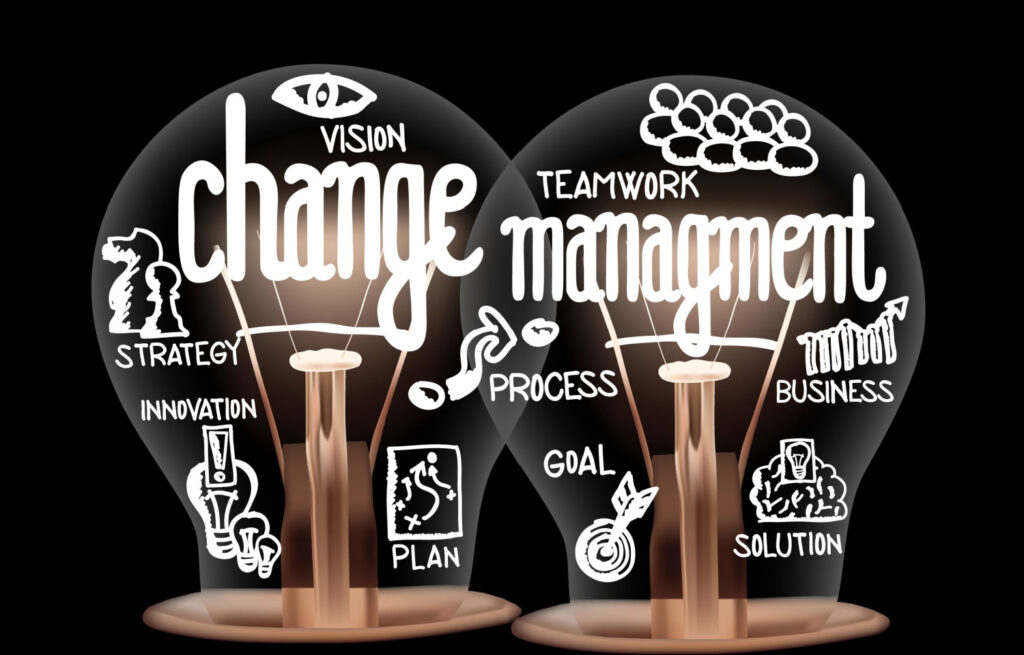Regarding innovation and change, organizations start with great intentions. However, when new initiatives fail, it’s easy to become discouraged and revert to the status quo. Change management requires a strategic and systematic approach for it to be effective.
What is change management?
According to TechTarget, change management is a systemic way to transition or transform an organization’s objectives, processes, or technology. Its purpose is to implement change strategically and help people adapt to change. Part of the process is figuring out how the change will affect the organization’s current workforce and systems.
General Electric (GE) is a famous example of a brand that effected change management. GE’s digital transformation brought new life to GE Appliances. Inspired by the automotive industry, it adopted 3D scanning into its appliance division. Using 3D technologies fundamentally changed how the company made its products. The change has revolutionized all aspects of GEA’s business, enabling more significant and faster product output.
3 Tips for Change Management
For team-focused change management:
1. Align around a message. The change will be ineffective if leaders have different messages across the team. Your leaders and managers need to have the same message throughout the organization. Use consistent language and reinforce the message so that no one’s confused.
2. Let your team express themselves and offer support. There will be an adjustment period, and some team members will adapt faster than others. Allow your team to express their views on the change and explain and reinforce why the change is necessary. Carve out space to support your team, particularly those struggling with changes.
3. Be a walking example. Embody the new changes so your team follows your model. For example, people may want to focus on their professional development. Demonstrate how you’ve driven your development with your manager, whether it’s with 1:1s or doing company-specific training. It will encourage your team members to be proactive about their career goals.
Change management is challenging but necessary for your organization’s advancement. Alignment, transparency, and consistency will make changes stick. Continuous communication and support boost trust and foster thriving, productive teams.


